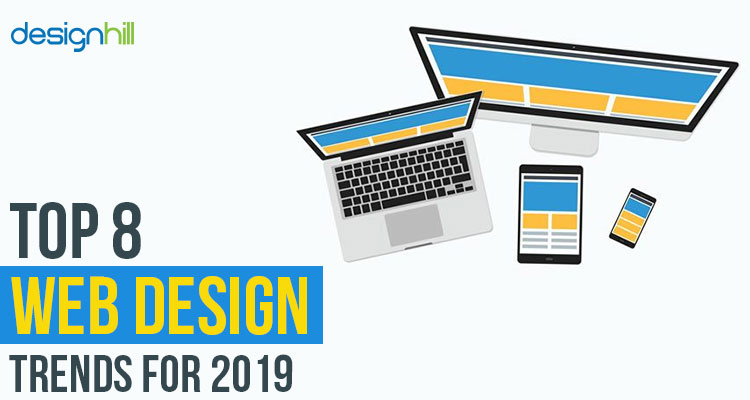The Advancement Of Website Style: From Past To Present
The Advancement Of Website Style: From Past To Present
Blog Article
Short Article Composed By-Tobiasen Trolle
In the past, sites were straightforward and focused on information. Navigating was straight, and layout was for desktops. Currently, individual experience is crucial. Data guides layouts for easy navigation. Responsive designs suit different tools. Today, dark setting reduces stress, and minimalist menus enhance navigation. just click the next document engage users, and strong visuals stand apart. AI assimilation enhances involvement. See just how layout has actually developed to improve your online journey.
Early Days of Web Design
In the very early days of web design, simpleness reigned supreme. Sites were fundamental, with restricted shades, fonts, and layouts. The emphasis was on giving info rather than flashy visuals. Customers accessed the internet via slow-moving dial-up connections, so speed and performance were crucial.
Navigating food selections were straightforward, typically located at the top or side of the page. Web sites were developed for home computer, as mobile browsing had not been yet prevalent. https://www.forbes.com/sites/theyec/2022/04/25/seo-tips-for-real-estate-investors/ was king, and designers focused on easy readability over complex style components.
HTML was the main coding language utilized, and developers needed to function within its constraints. Computer animations and interactive features were very little compared to today's criteria. Web sites were fixed, with little dynamic content or customized individual experiences.
Surge of User-Focused Style
With the development of site style, a change in the direction of user-focused layout concepts has become significantly famous. Today, creating internet sites that focus on customer experience is critical for engaging visitors and accomplishing company goals. User-focused layout entails recognizing the needs, preferences, and habits of your target audience to tailor the site's layout, material, and features appropriately.
Developers currently carry out detailed research, such as user surveys and functionality testing, to gather insights and feedback directly from customers. This data-driven strategy aids in creating user-friendly navigation, clear calls-to-action, and visually enticing user interfaces that resonate with site visitors. By placing the user at the facility of the layout procedure, web sites can deliver an extra tailored and delightful experience.
Receptive style has likewise emerged as a crucial aspect of user-focused layout, guaranteeing that websites are maximized for various devices and screen dimensions. This versatility boosts ease of access and functionality, catering to the diverse ways customers interact with websites today. Essentially, the rise of user-focused design symbolizes a shift towards creating digital experiences that focus on the needs and expectations of completion individual.
Modern Trends in Website Design
Explore the current trends shaping website design today. One noticeable fad is dark setting design, providing a streamlined and modern appearance while minimizing eye strain in low-light atmospheres. One more key fad is minimal navigating, streamlining food selections and improving individual experience by focusing on essential elements. Including micro-interactions, such as computer animated switches or scrolling effects, can develop a much more engaging and interactive website. Receptive design continues to be crucial, making certain smooth user experiences across different devices. In addition, utilizing bold typography and asymmetrical layouts can include visual passion and draw attention to particular web content.
Incorporating AI technology, like chatbots for customer support or tailored referrals, improves customer interaction and simplifies processes. Access has also end up being a substantial pattern, with designers focusing on inclusive layout methods to cater to varied user needs. Embracing sustainability by optimizing web site performance for speed and effectiveness is one more emerging fad in website design. Working together with customer responses and information analytics to repeat and enhance style constantly is essential for staying relevant in the ever-evolving digital landscape. By welcoming these contemporary patterns, you can develop an aesthetically enticing, straightforward web site that resonates with your target market.
Conclusion
As you review the advancement of web site layout from the very early days to currently, you can see how user-focused style has ended up being the driving force behind contemporary patterns.
Embrace the journey of adjustment and adaptation in web design, constantly keeping the individual experience at the leading edge.
Tippingpointdigital
Keep present with the latest fads and modern technologies, and never quit progressing your approach to create visually stunning and user-friendly websites.
Evolve, adjust, and produce - the future of web design is in your hands.
